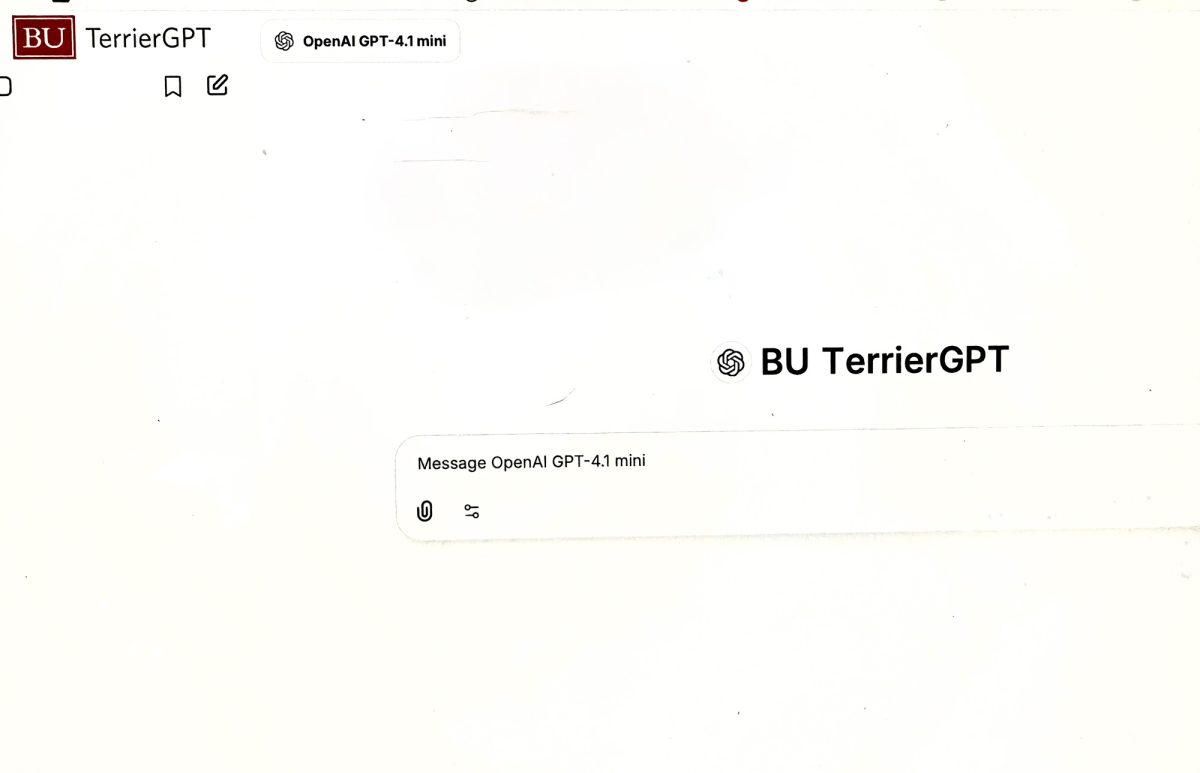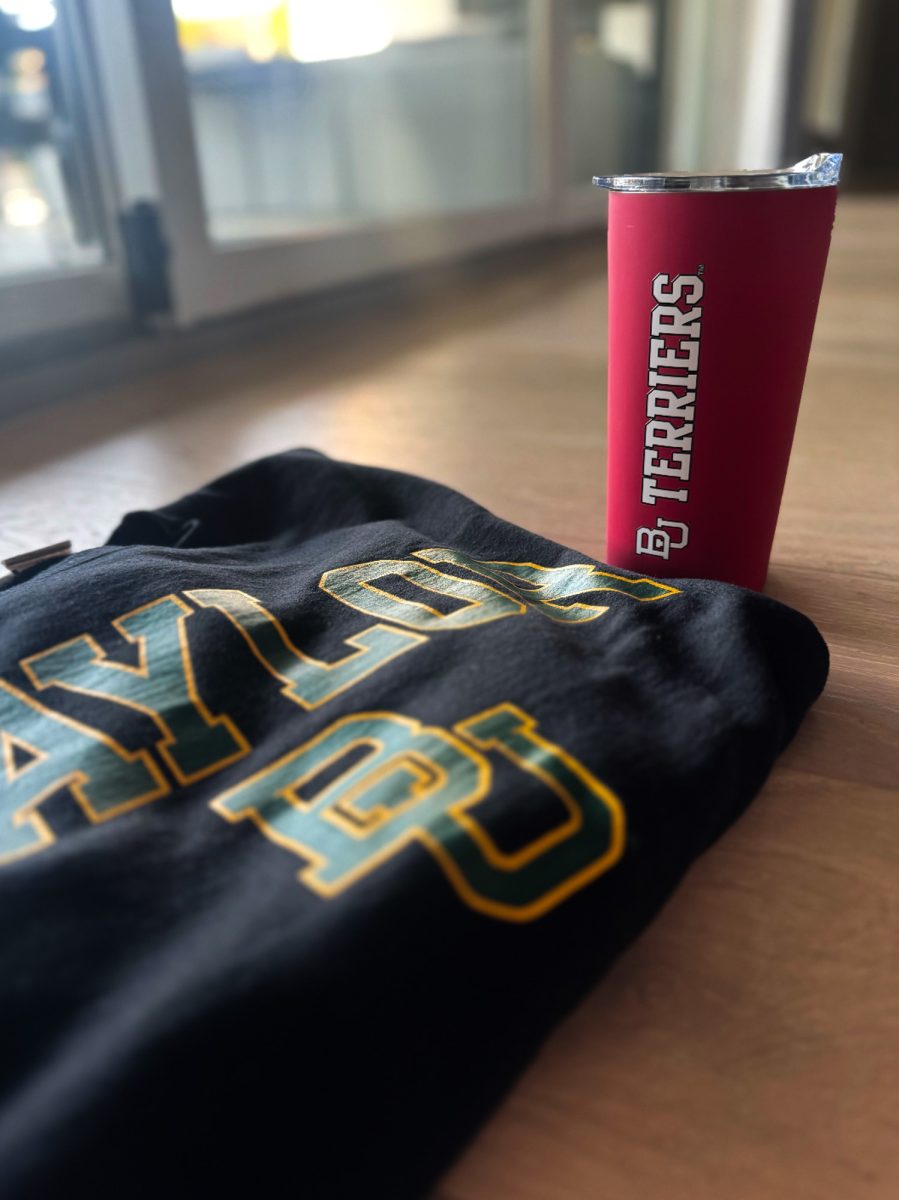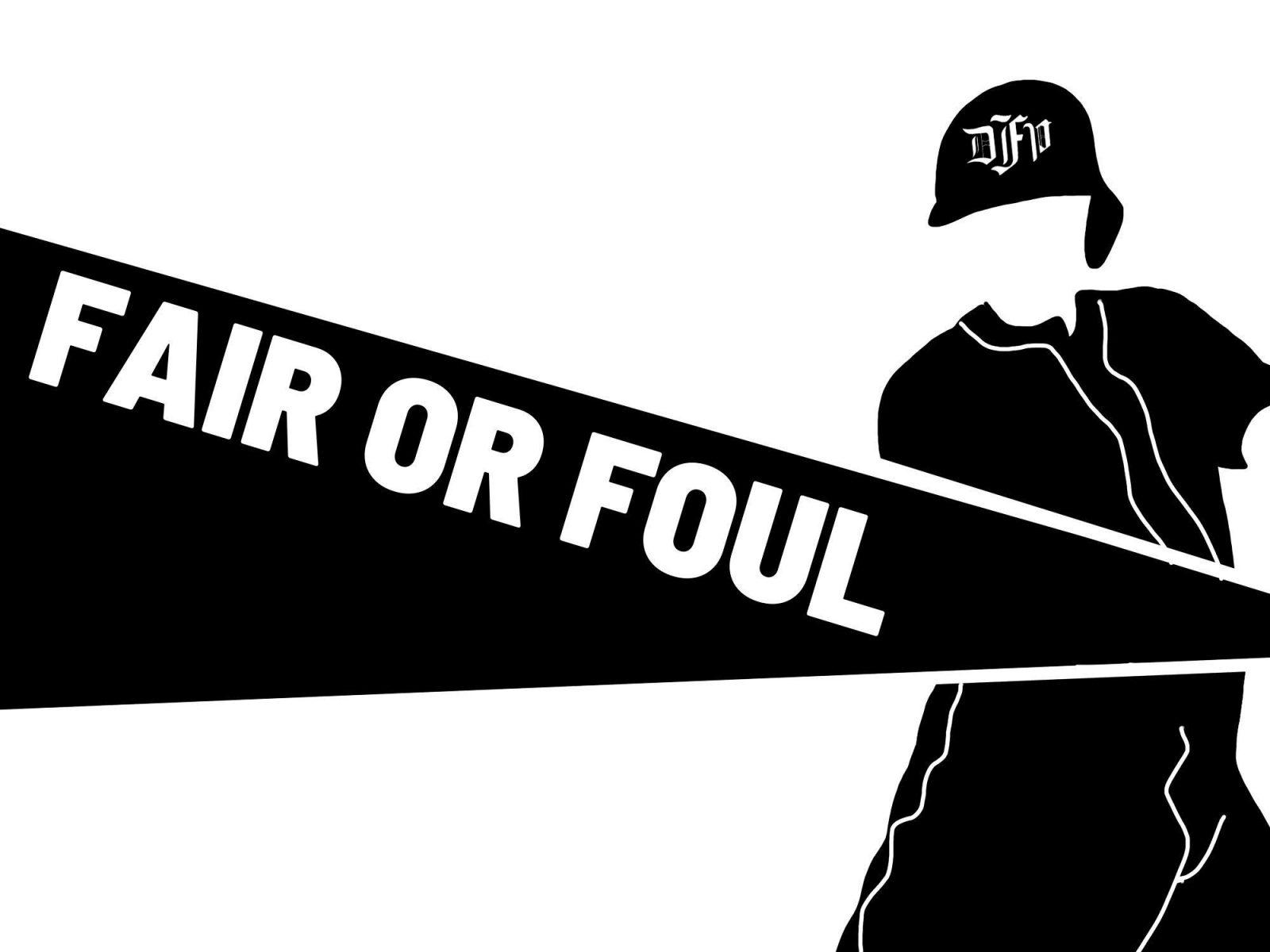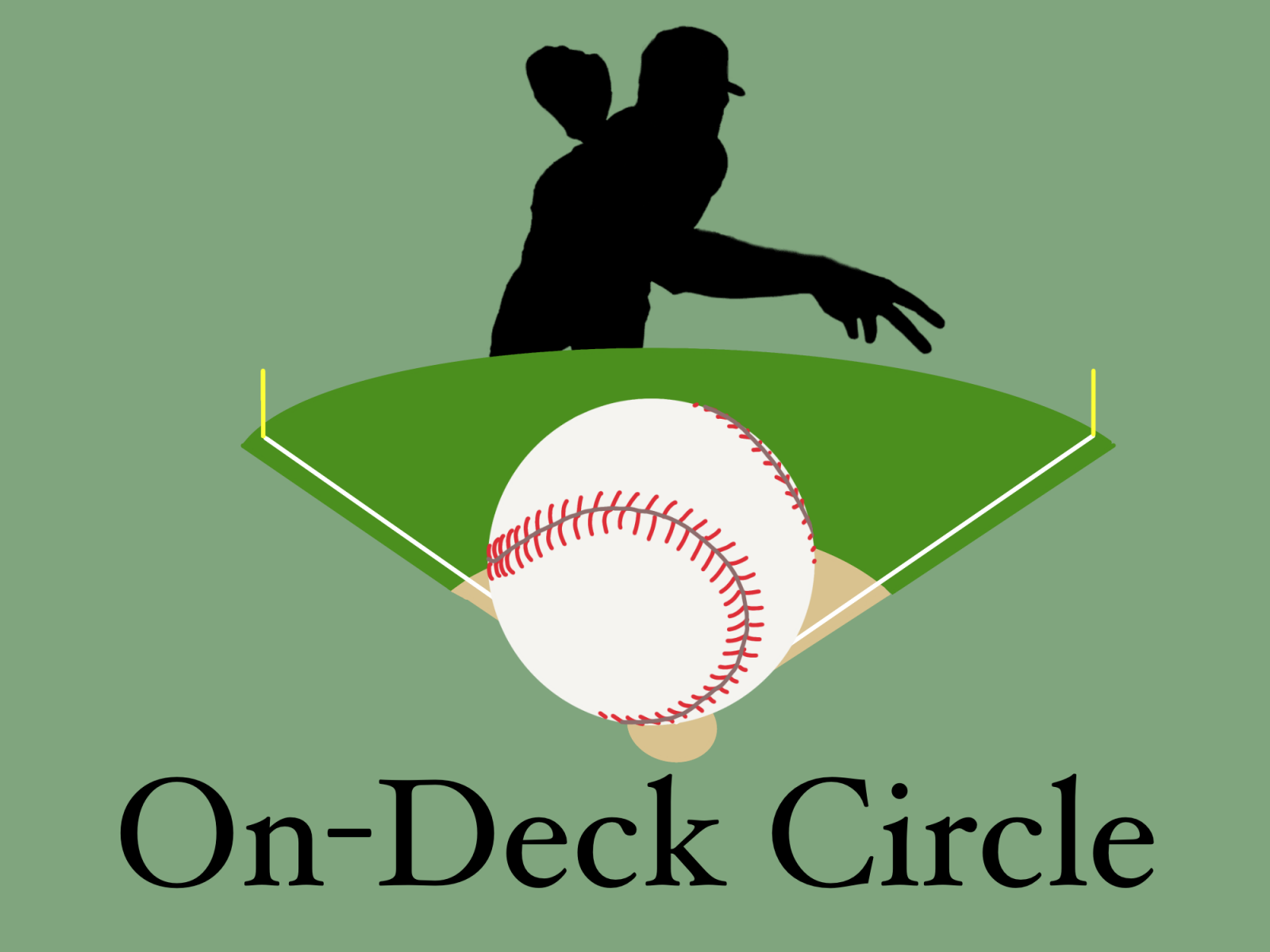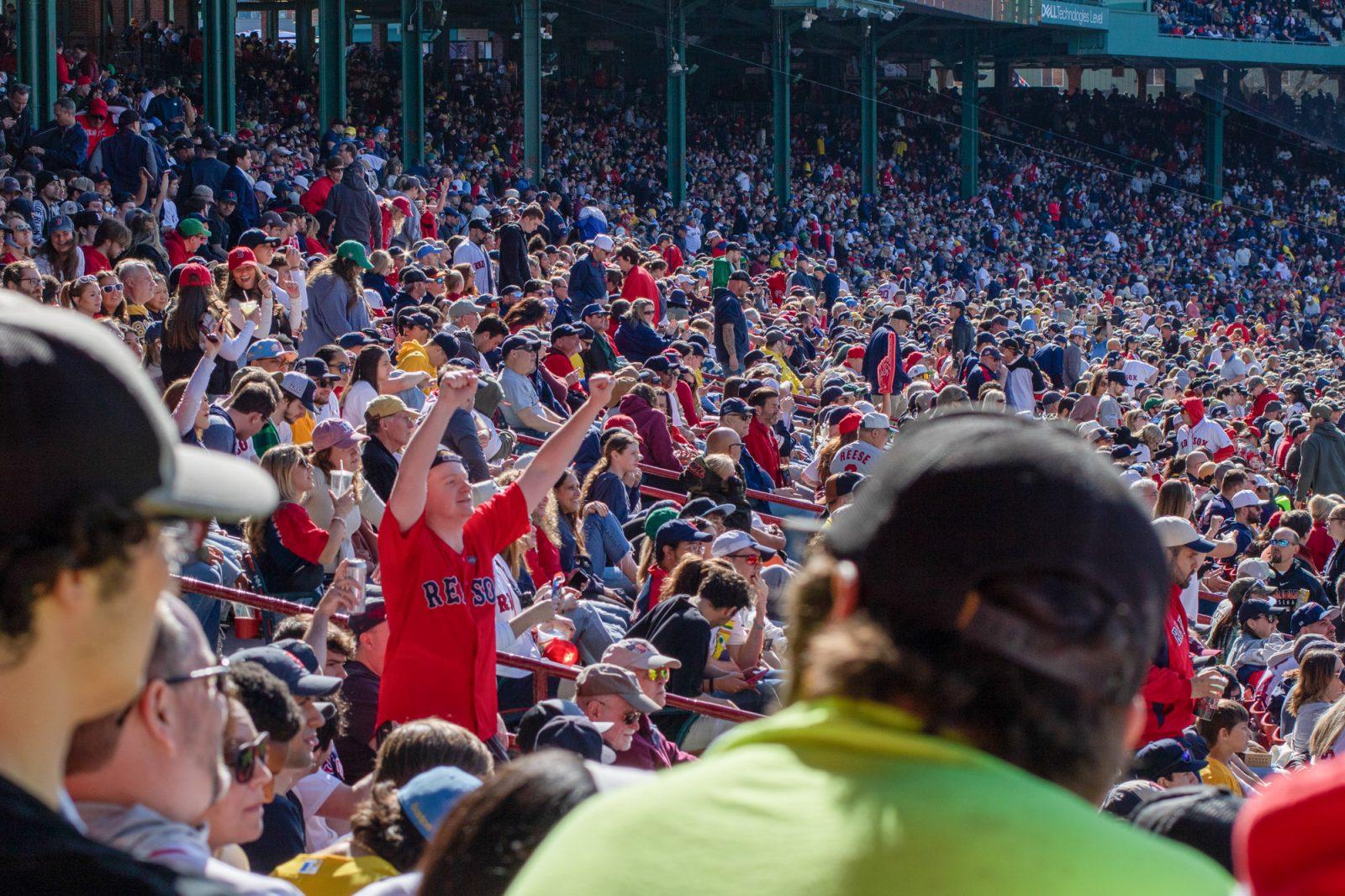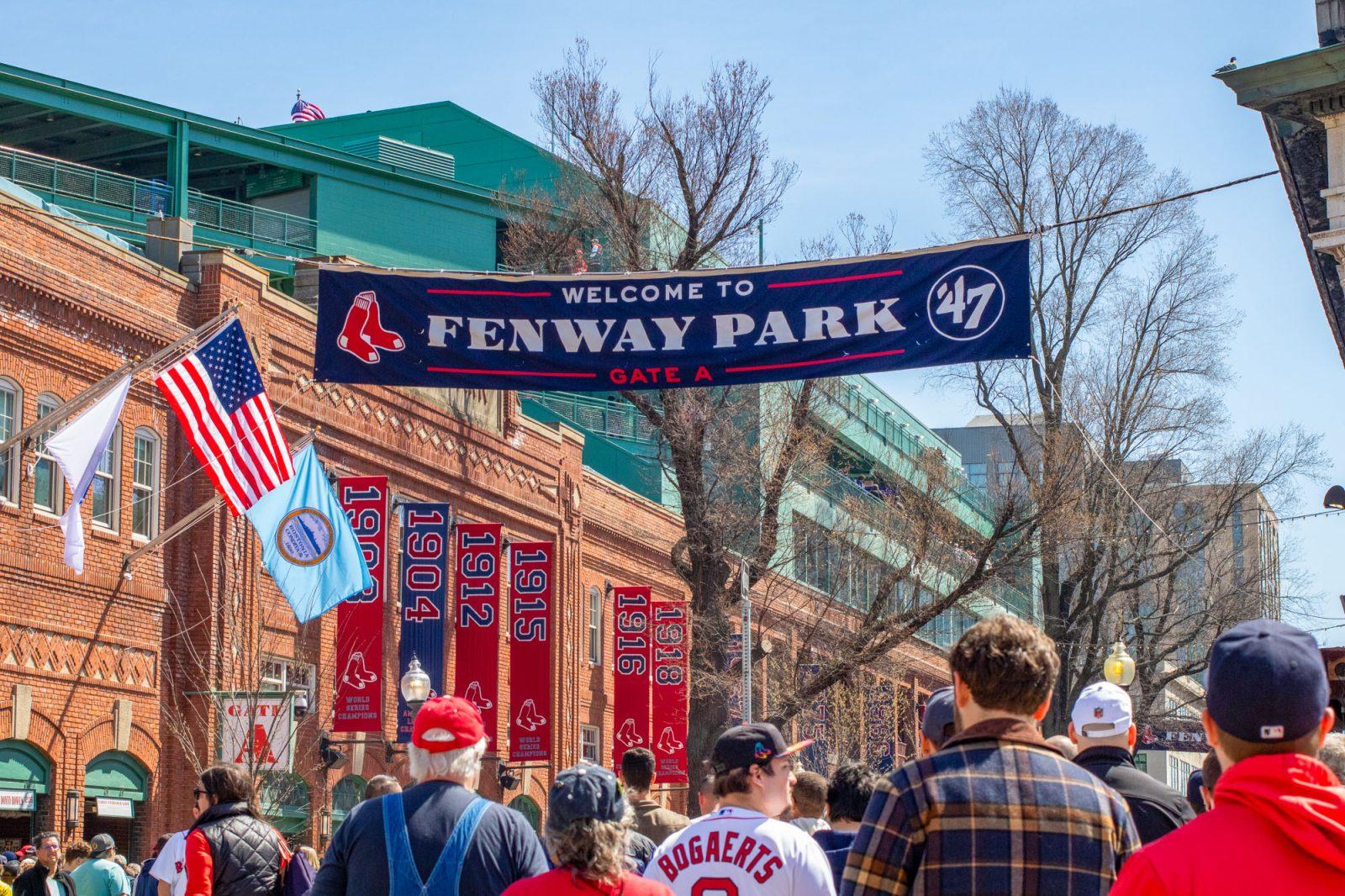The New York Yankees traveled to West Palm Beach, Florida to take on the reigning world champion Washington Nationals March 12, 2020. The Blue Jays visited the Pirates, the Tigers played host to the Braves, the Phillies took on the Rays and the Cardinals shut out the Marlins. Little did anyone know at the time, but these Spring Training games would be the last anyone would watch for more than four months.
The news broke in the middle of the game that MLB was suspending Spring Training and postponing the start of the 2020 regular season due to the rapid onset and spread of COVID-19.
The pandemic stopped MLB, and every other professional sports league, dead in its tracks mid-March. The start of the regular season for baseball was just two weeks away when normalcy completely disappeared from the sports world. Minor League Baseball took a near-lethal blow from the shutdown as thousands of players and countless team and stadium staff lost their jobs, and some teams as a whole closed up shop for good.
For any baseball player or fan, seeing no baseball in April, May or June felt like a sick joke. There was just no way this was actually happening: the 30 stadiums were empty, and no one knew when play would resume or what that would even look like.
After months of bitter salary negotiations and ironing out testing and safety protocols, the league returned to action July 23, 2020. Gerrit Cole finally made his Yankees debut, the Nationals finally got to take the field as reigning champions and umpire Angel Hernandez got back behind home plate to make horrible calls. There was just one stark difference between opening day 2020 and 2019: the stadiums were empty, silent and squeaky-clean.
The artificial crowd noise did not compensate for the sight of a sea of empty seats — or often cardboard cutouts — and the ability to hear all of the banter coming from dugouts and every word of arguments with umpires. While it was definitely a surreal and weird experience watching 2020-style MLB games, it sure was nice to have baseball back to diffuse some tension and provide a distraction during the height of the pandemic.
Once the season got underway, we saw new rules come into effect that eased the burden on teams and players. We saw the rosters expanded to 28 — and then now down to 26 — a universal DH, seven-inning double-headers and the runner-on-second extra-inning rule, among other changes.
The game itself looked different, the gameplay sure looked different and the stadiums sounded different. But baseball was back, and the attempt to chug through a 60-game season came and went despite the challenges.
The Marlins and Cardinals learned more than anyone that having depth in this game is always important. They got stuck with COVID-19 outbreaks that cost them many players and weeks of action. They, along with the rest of the league, had to scramble to the finish line and get to 60 games by any means possible. All of a sudden, we arrived at the end of September, ready to begin the postseason.
Somehow, with COVID-19 still rampaging and even greater uncertainty as to what each day would hold, the MLB made it to Oct. 27, 2020, and got to crown the Los Angeles Dodgers as 2020 World Series Champions.
Now that the offseason has come and gone, and Spring Training 2021 is here, the league intends to keep many of its 2020 rules for this season. To a degree, this is an acceptable price to pay if it means getting a full 162-game season, with more and more fans eventually pouring into the stadiums.
While I cannot stand the universal DH, the seven-inning double-headers or the three-batter rule for relief pitchers, they are not going away just yet. I will tolerate all of that just to see the marquee matchups we missed out on last season, such as the Yankees and Astros, Dodgers and Cardinals and more.
The 2020 season, across all sports leagues, proved that travelling long distances — with tons of personnel, regular testing and scrupulous protocols — was possible and could be done with a high, but not perfect, success rate. That has to be good enough for MLB Commissioner Rob Manfred to feel confident in playing a full season in year two of COVID-19 baseball.
MLB had to rebuild itself from the ground up in 2020. The long respite between games did not fully cancel the season, and that process was one the league had to see through to the end. Now that they have, every fan should feel confident that the ducks are in a row and the 2021 season will begin on time and go straight through to October when we can crown the next World Champion.

